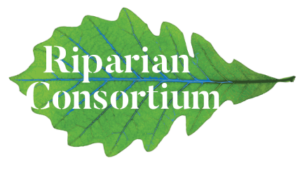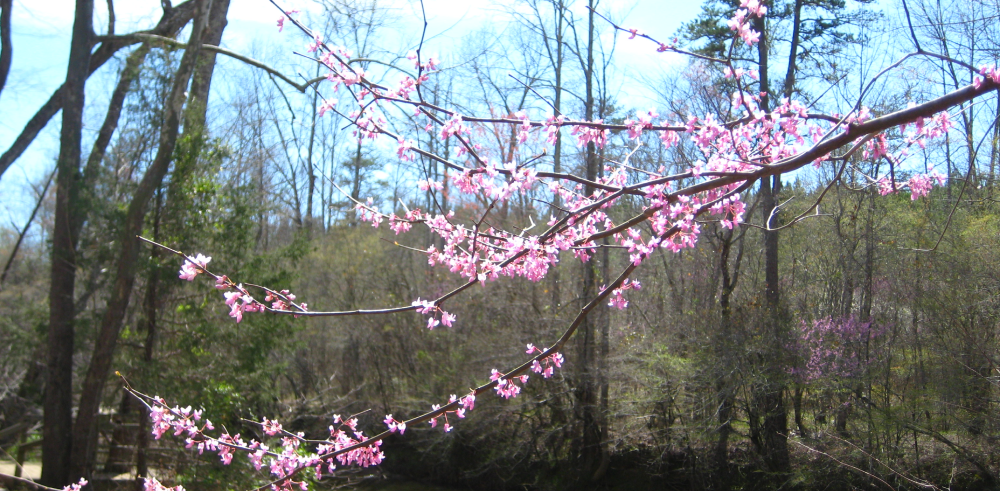 The Upper & Middle James James Riparian Consortium is creating a Native Riparian Plant guide to help landowners and riparian buffer practitioners with plant selection. A riparian forest buffer is the woody vegetation that grows along the edges our waterways that provide habitat, stabilize banks, filter upland runoff, and other other benefits. We would love to feature photos from community members in the guide. If you would like the opportunity to have your photo featured, please submit a photo of one (or more!) of the species of interest below.
The Upper & Middle James James Riparian Consortium is creating a Native Riparian Plant guide to help landowners and riparian buffer practitioners with plant selection. A riparian forest buffer is the woody vegetation that grows along the edges our waterways that provide habitat, stabilize banks, filter upland runoff, and other other benefits. We would love to feature photos from community members in the guide. If you would like the opportunity to have your photo featured, please submit a photo of one (or more!) of the species of interest below.
Type of photos needed: Mature plant, young plant, and features of interest (fruits, flowers, fall colors, etc.)
Species of interest:
Wet Zone Plants:
Sycamore (Platanus occidentalis), Buttonbush (Cephalanthus occidentalis), Black Willow (Salix nigra), Silky Dogwood (Cornus amomum), Elderberry (Sambucus canadensis), Alder (Alnus serrulata), Red Maple (Acer rubrum), Swamp Chestnut Oak (Quercus michauxii), Swampwhite Oak (Quercus bicolor), Red Chokeberry (Aronia arbutifolia)
Floodplain Zone Plants:
Tulip Poplar (Liriodendron tulipifera), Willow Oak (Quercus phellos), Spicebush (Lindera benzoin), Arrow-wood Viburnum (Viburnum dentatum), River Birch (Betula nigra), Pin Oak (Quercus palustris), Pawpaw (Asimina triloba), Black Walnut (Juglans nigra), Canada Serviceberry (Amelanchier canadensis), Black Gum (Nyssa sylvatica)
Upland Zone Plants:
Persimmon (Diospyros virginiana), Redbud (Cercis canadensis), White Oak (Quercus alba), Flowering Dogwood (Cornus florida), Northern Red Oak (Quercus rubra), Hazelnut (Corylus americana), Hackberry (Celtis occidentalis), Black Cherry (Prunus serotina), Chestnut Oak (Quercus montana), Witch Hazel (Hamamelis virginiana)
Submissions due by July 7, 2023. Submit your photos through the following:
- Preferred method. Submit via this Google Form
- If you have a problem with the form, please submit photos to Casey Johnson at lcjohnson@thejamesriver.org

